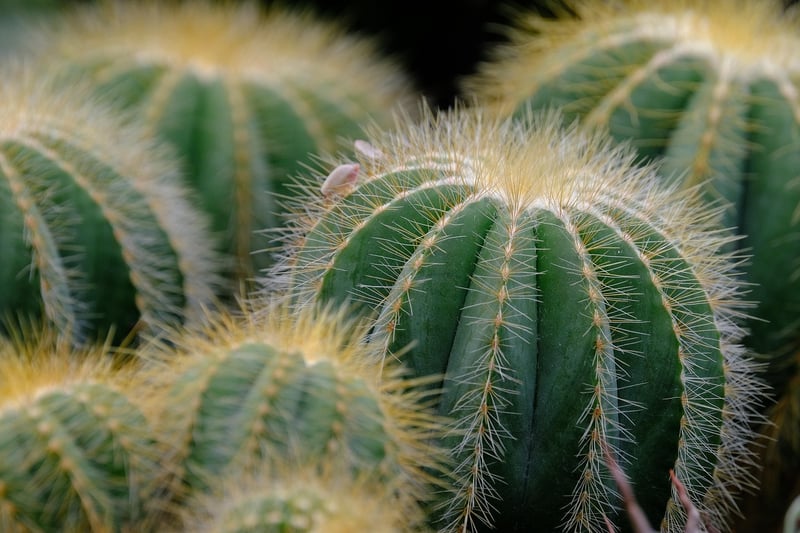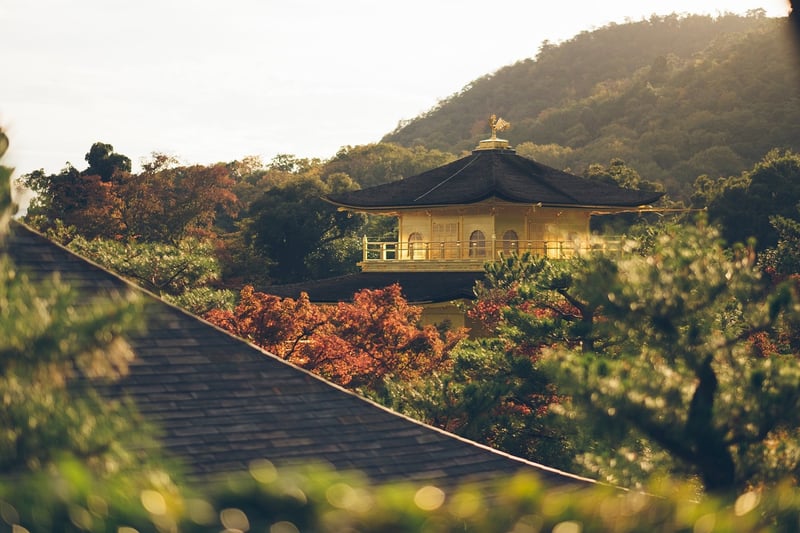Rooftop Planting
Optimizing Small Living Areas for Plants + Rooftop Planting
Introduction
Welcome to our guide on optimizing small living areas for plants and rooftop planting. Whether you have limited indoor space or want to utilize your rooftop for gardening, we have you covered with practical tips and ideas to create green and thriving spaces.
Optimizing Small Living Areas for Plants
Living in a small apartment or house doesn't mean you can't enjoy the benefits of indoor plants. Here are some tips to optimize small living areas for plants:
1. Choose Space-Saving Plants
Select plants that are compact and suitable for indoor environments. Consider options like succulents, air plants, spider plants, and pothos that don't require much space.
2. Utilize Vertical Space
Maximize vertical space by installing wall-mounted planters or hanging planters. This allows you to add greenery without taking up valuable floor space.
3. Use Multi-functional Furniture
Opt for furniture pieces that double as plant stands or have built-in planters. For example, a bookshelf with integrated plant pots or a coffee table with a plant display.
4. Group Plants Together
Create plant groupings to make a bigger visual impact. Clustering plants together not only saves space but also creates a lush and vibrant atmosphere.
Rooftop Planting
Rooftop gardens are a fantastic way to make the most of unused space and bring nature closer to urban dwellers. Here are some tips for successful rooftop planting:
1. Check Structural Integrity
Before starting a rooftop garden, ensure that the structure can support the additional weight of plants, soil, and containers. Consult a professional if needed.
2. Choose Lightweight Containers
Opt for lightweight containers made of materials like fiberglass or plastic to reduce the overall load on the rooftop. Consider self-watering containers for easier maintenance.
3. Select Wind-Resistant Plants
Rooftops are often exposed to strong winds, so choose plants that can withstand these conditions. Look for wind-resistant varieties such as ornamental grasses, sedums, and hardy perennials.
4. Provide Adequate Drainage
Ensure proper drainage for your rooftop garden to prevent water accumulation and structural damage. Use elevated planters with drainage holes and a protective layer to avoid leaks.
Conclusion
Whether you are transforming a small indoor space or creating a rooftop oasis, incorporating plants can enhance the aesthetics and well-being of your environment. By following our tips for optimizing small living areas and rooftop planting, you can enjoy a greener and more sustainable lifestyle.
Remember, plants not only beautify your surroundings but also purify the air and promote a sense of calm and tranquility. Get creative with your plant choices and arrangements to create a personalized green retreat in any space!


